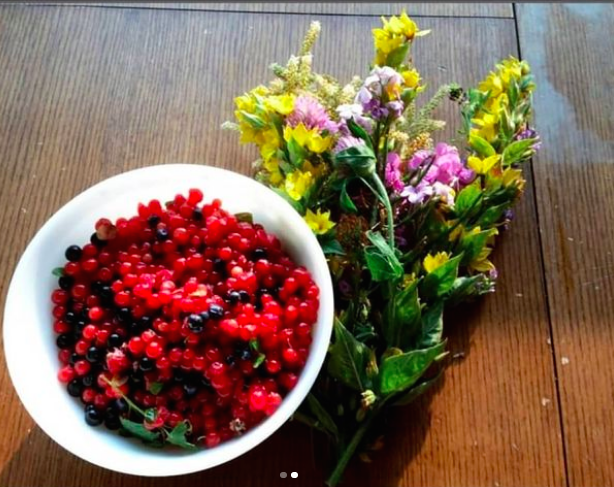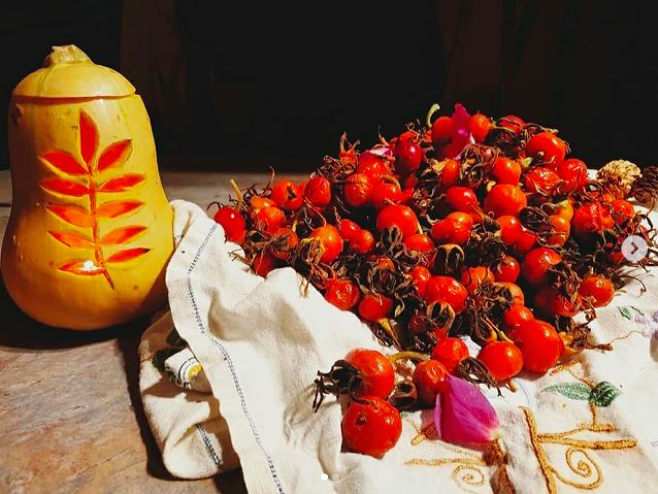Alaska is as remote as it is conservative. I live in Sitka, Alaska, the largest city in the United States by square mile, with a population that sits just under 9,000. With only 14 miles of road, most of this land is forested and is part of the larger Tongass National Forest unique to Southeast Alaska. Sitka is an island that sits just off the coast of Juneau, and like Juneau, the only way to reach this city is either by boat or by plane. This makes shipping food and necessities an expensive endeavor.
Subsistence living is essential especially for Alaskan natives and folks who live in remote regions and villages where fresh food is scarce or marked up at incredibly high rates. Living as a vegan here in Sitka, I am a minority in the sea of hunters and meat eaters. On this island the grocery stores are marked at three times the price compared to the supermarkets in the lower 48. There are no bulk sections in the mom and pop food marts, and thus many traditional ways to save money on food go out the window.
Having a relationship with the land is essential in order to supplement your diet with fresh and local foods. I am lucky enough to live within an abundance of forested land bursting with life and foragable eats. These foods have nourished me beyond my body, and have strengthened my relationship with my friends with whom I forage and share my prepared harvests. Additionally, foraging has connected me to the land here in the Tongass, in a way I’ve never experienced before.
Through foraging I have been able to eat seasonally and locally, all the while getting to be in the great outdoors. In the spring there is an overflow of Fiddleheads, Sitka Spruce tips, along with beach asparagus. Many people make spruce tip syrup and spruce tip tea; moreover spruce tips can be added to any savory or sweet dish for an extra zing. They can be used as a spice alternative to rosemary, and even added to your drinking water. Fiddleheads can be steamed, sautéed, and pickled for enjoyment later in the year. Beach asparagus can be cooked and used similarly to the asparagus found in the grocery store.
In the summer there are copious amounts of different berries, such as salmon berries, huckleberries, blueberries, thimble berries, and watermelon berries. I like to go out everyday and collect berries which dot the trails with color. I usually fill out a couple gallon bags with berries and freeze them to use in smoothies. I’ve also added them to my oatmeal, pancakes, pies, or eat them fresh off the bush!
In the late summer and early fall there is more than enough mushrooms springing from the ground. The mushrooms I have foraged here are Golden Chanterelles, Winter Chanterelles, Hedgehogs, Chicken of the Woods, and Angel Wing mushrooms. You can cook them fresh and prepare them as you would regular supermarket mushrooms, or alternatively, dehydrate them and add them to soup stocks, pastas, or other savory foods as you’re preparing them.
Come late fall there are still a few mushrooms to be found, mostly winter chanterelles, however the Sitka Rose hips, Cranberries, and LingonBerries take front and center stage. The processing for the rose hips is long and tedious and requires multiple hours of deseeding before you can begin preparing them. Alternatively foraging for cranberries in the muskeg (aka an Arctic bog) is a tremendous labor of love, where going out and cultivating berries can take multiple hours just for a handful. LingonBerries are often mistaken for cranberries in the muskeg as they have a similar flavor and appearance. Oftentimes recipes for LingonBerries and Cranberries are very similar.
Come winter time, folks are usually stocked up on their foraging harvests that they have gathered earlier in the year. However there are few things left to be sought. For example, the only edible seaweed to be found this time of year, and the only one that I’ve learned how to forage for, is the Bull Kelp. It can be found in the waters just off the coast, and can be foraged anytime of year. The stalks are harvested and are often used for pickles, or for a sour salsa. Bull Kelp isn’t the only wild food still growing at this time. In the early winter there may still be a few Rosehips, LingonBerries, and Cranberries left. Yet with the coming snow, the Cranberries and LingonBerries are soon covered and the last of the rosehips are eaten. The harsh Alaskan winters are a time for the earth to rest.
When folks think of subsistence living in Alaska, they think of hunting deer and of fishing. There has always been little emphasis on the wild foragable foods that are plentiful here as well. I spend most of my weekends during the seasons of harvest, going out and collecting these foods, preparing them, and canning them for later. It fills my heart to be able to fill my plate with a bounty of foods that connect me deeper to this land. No matter where you live, I believe that it’s important to learn about the land you live in, the flora and fauna, in order to gain a deeper understanding and appreciation for your home.
I am confident that I am not the only person living as a blue dot in a red state, nor the only person living without access to affordable produce. I do recognize the privilege I have in regards to my access to wild land. I understand many folks in our country do not have this, I’m grateful for the opportunity to eat the way I eat, and live where I live.
Roses grow in abundance in most places, so today I will share my own recipe for a Rosehip sauce. (Caution: when collecting rosehips be mindful to pick them from plants that have not been sprayed with chemicals).
Firstly de-seed the rosehips with a knife, it is helpful to have a bowl of water nearby in order to rinse your hands from the seeds that WILL soon cover them and make it difficult to process more.
Find a saucepan and place the rosehips you’ve harvested into the pan and cover with water. Bring the water to a boil, then reduce the heat to a low simmer for 30 minutes or until soft.
Strain the rosehips, and place into a blender and blend until smooth. Once the rosehips are blended you can add honey to taste with fresh squeezed lemon juice. Additionally I like to add in a pinch of ground cinnamon.
Lastly find a sterile jar or container, and pour your creation into the jars to store in the fridge. Alternatively, you can water can your jars where they can last you for months.
Also see: 12 Enchanting Practices For Apartment Dwellers To Stay Connected To The Earth
Get more like this—Sign up for our daily inspirational newsletter for exclusive content!
__
Photo: Elena Kennedy







